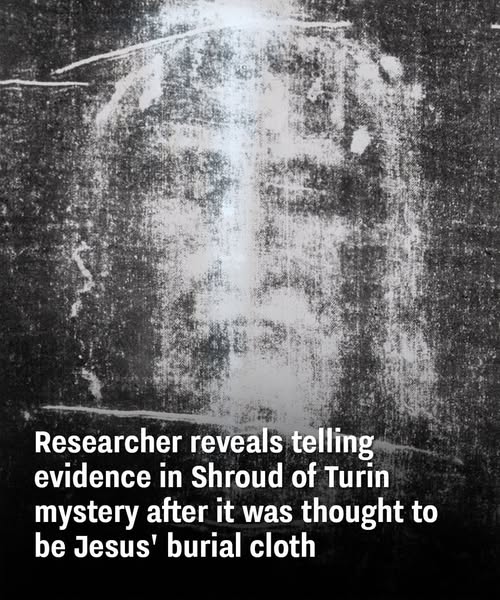For centuries, the Shroud of Turin has sparked fascination, debate, and deep religious significance. Long believed by many to be the burial cloth of Jesus Christ, the linen sheet bears the faint image of a crucified man and has been kept in the Cathedral of Saint John the Baptist in Turin, Italy.
Now, new research is reigniting the global discussion. A respected scientist and forensic expert, Dr. Liberato De Caro, has released fresh findings using high-resolution imaging and X-ray diffraction techniques that suggest the cloth could indeed date back to the 1st century — the time of Jesus.
Dr. De Caro focused on the structure of the linen fibers. He found that the degree of degradation and the crystalline structure of the cellulose were consistent with materials aged around 2,000 years, significantly older than previous carbon dating results from 1988, which placed the shroud’s origin in the Middle Ages.
The 1988 test had long been challenged due to concerns that the sample tested may have been from a repaired section of the cloth rather than the original fabric. Dr. De Caro’s study now offers strong evidence that supports the possibility of the shroud being much older.
In addition, researchers are again examining the nature of the image on the cloth. Unlike paint or dye, the image appears to be a surface-level discoloration that doesn’t penetrate the fibers, something no one has been able to fully replicate with modern technology.
The findings have not confirmed the identity of the man on the shroud, nor do they definitively prove it was Jesus. But they provide compelling evidence that the cloth could be from the time and region described in biblical accounts.
As scientific techniques improve, the Shroud of Turin remains a profound mystery — one that continues to stir faith, curiosity, and debate among believers and skeptics alike.
